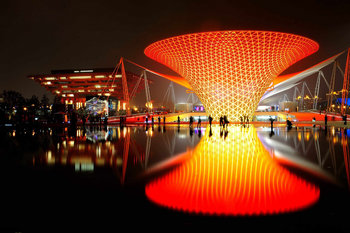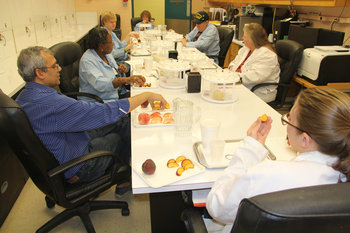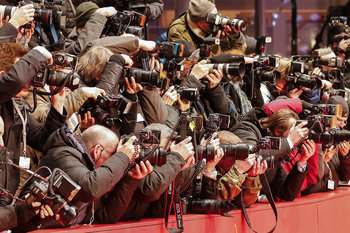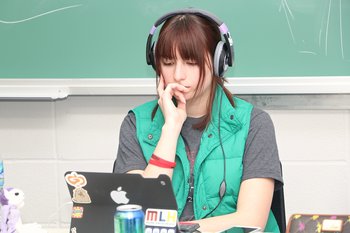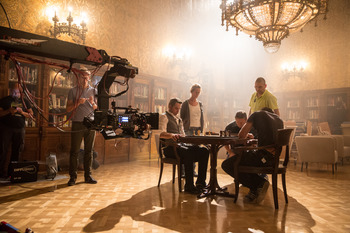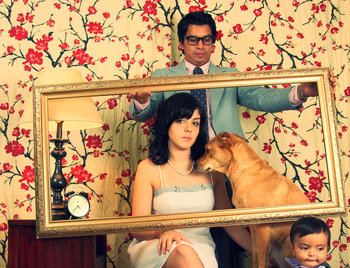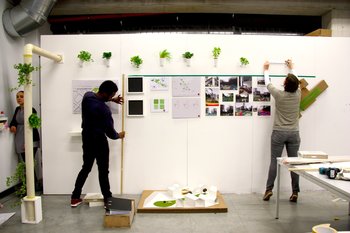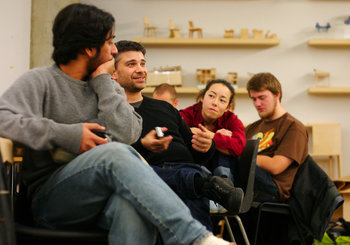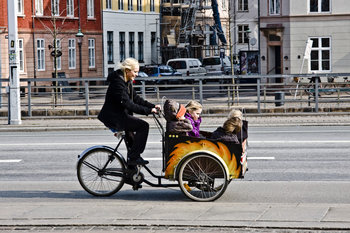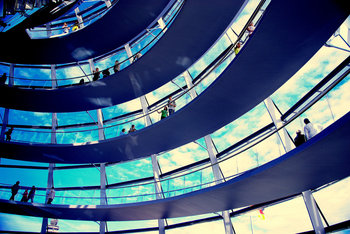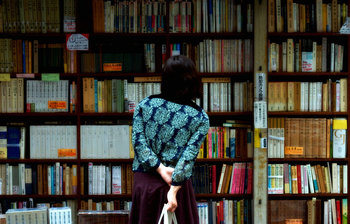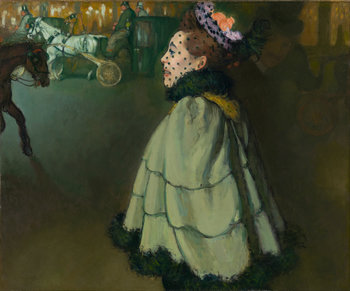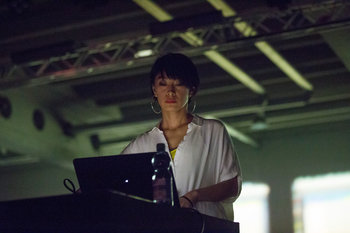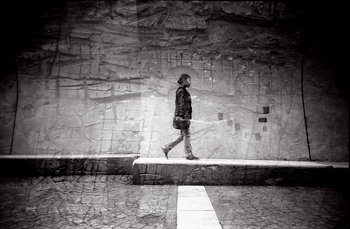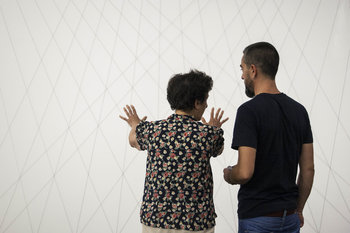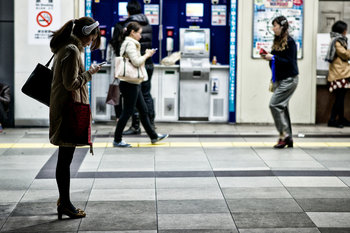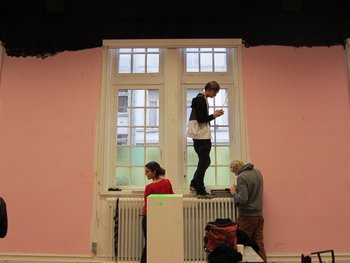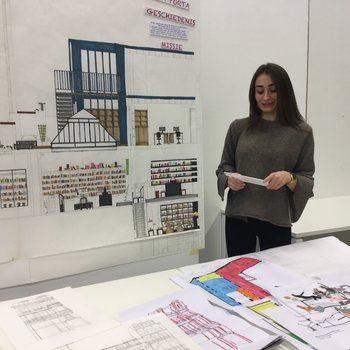
Temperature
Temperature isn't a direct sense but is based on feedback from a number of systems including the sense of touch.Balance
Balance and equilibrium such as the sensation of dizziness that can occur after riding on an amusement park attraction.Fear
Fear can have an almost physical quality that can be based directly on the senses. For example, the fear triggered in a haunted house attraction might be caused by a sudden sight or sound.Nostalgia
Emotion based memories can be triggered by senses, particularly smell.Light Intensity
The intensity of light on the eyes. For example, intense flashing lights can be distracting while soft ambient light is relaxing.Pitch, Loudness and Timbre
Qualities that can be perceived in sound. Pitch is the sense that sounds are "low" or "high." Loudness is volume. Timbre describes the character of sound such as its spectrum and envelope.Haptic Perception
The process of touch + movement. For example, reading braille by moving your finger across a surface.Pressure
The ability to sense atmospheric pressure.Taste + Smell
Smell is known to have a significant impact on taste.Color Temperature
Color based sensations such as color temperature whereby people sense that red, orange and yellow things are hot.Comfort
A sense of well-being brought on by experiences such as pleasant music, lighting, food or furniture.| Overview: Sensation | ||
Type | ||
Definition | Complex human perceptions that are directly based on the senses. | |
Related Concepts | ||


